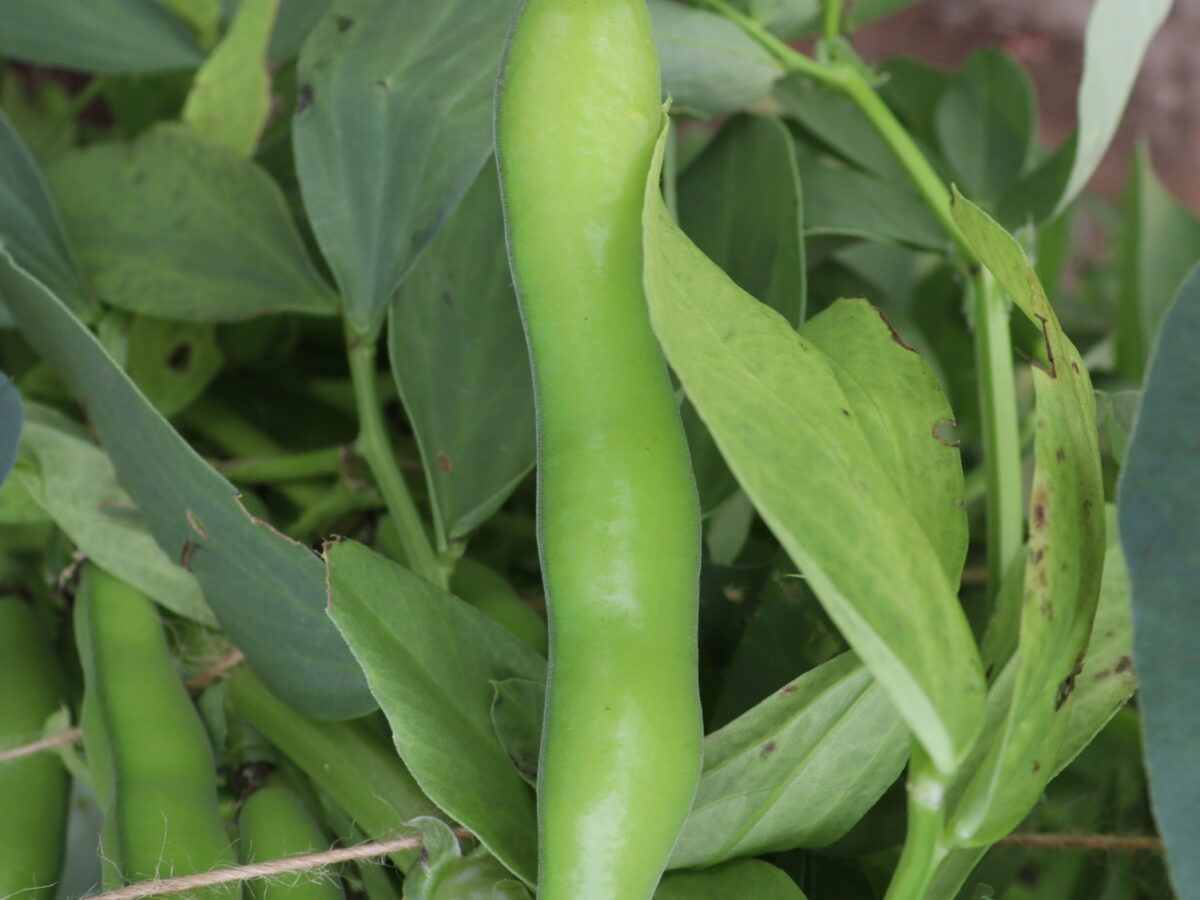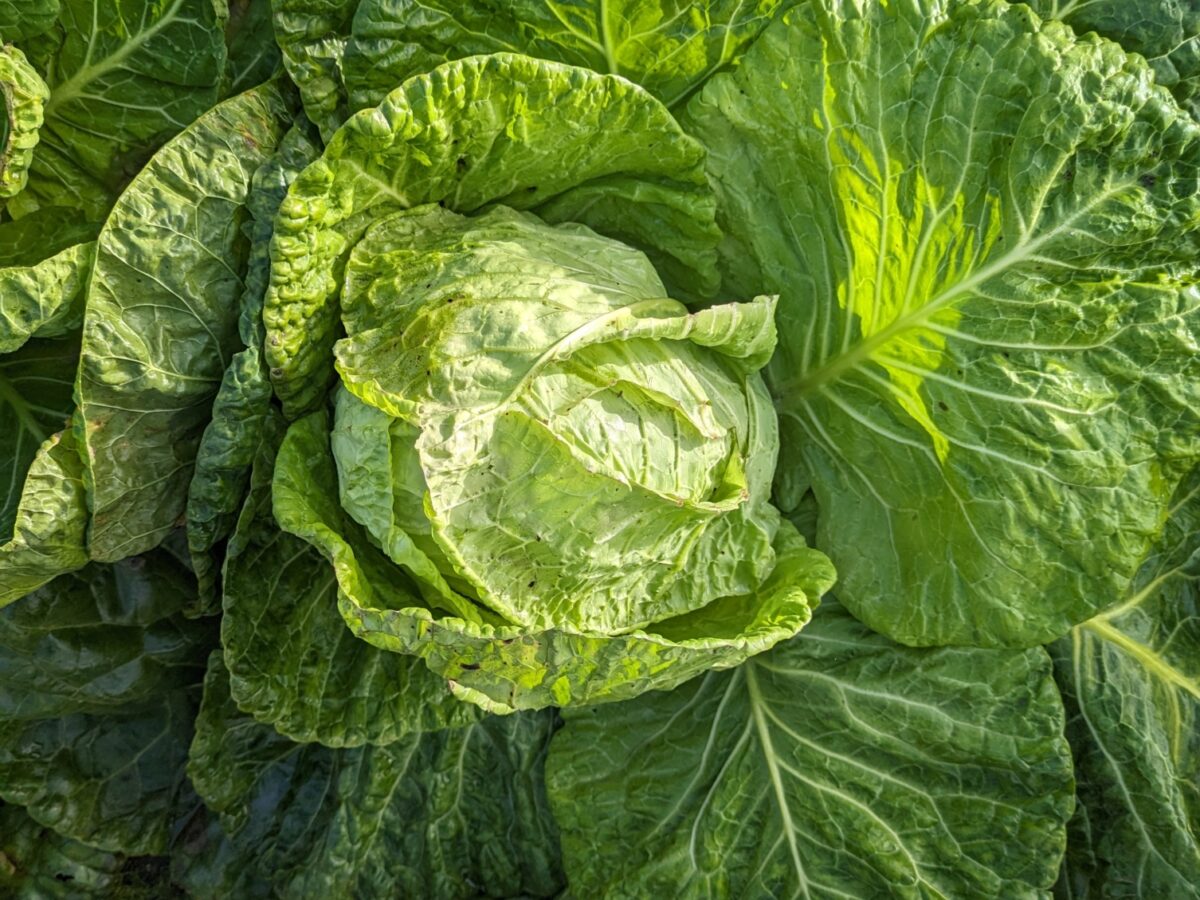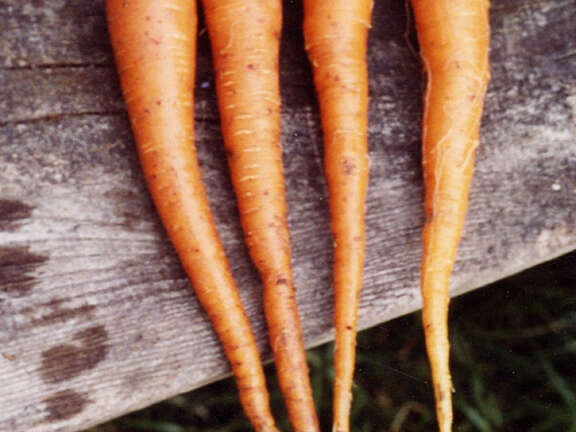Filter
-
Achocha
Achocha
This is a prolific and rampant climber reaching 3-4m, so it will need supporting with a trellis or a frame. The small, cucumber-like fruits have a fresh flavour, a cross between a minty cucumber an...
-
Aubergine
Szechuan
The name translates as 'land of four rivers' and is the anglicised form of Sichuan, where this variety was collected. Discovered by our donor in Chengdu in 1994, it produces compact plants (around ...
-
Beetroot
Armenian
Collected at an Armenian market by a Dutch seed enthusiast, this variety produces golf-ball sized, round, magenta beets with distinct rings and a sweet flavour.
-
Beetroot
Long Blood Red
Described by Vilmorin-Andrieux (1885) as an “American variety with a long, slender, deeply buried root... productive, and well-coloured kind". The beets are sweet, flavoursome and perfect for pickl...
-
Broad Bean
Bonny Lad
A dwarf variety reaching around 50cm in height. The pods grow in a non-uniform way, pointed both upwards and down, and contain 4-5 beans in each. Best picked when the tasty beans are just visible i...
-
Broad Bean
Cretian
Our donor obtained these seeds when holidaying in Crete. Growing to around 60-75cm in height, the plants produced around 1kg of beans from a 1.25m x 1.25m plot. He reported that blackfly appeared n...
-
Broad Bean
Perovka
This field bean, possibly of Balkan origin, produces a profusion of pods and small beans with black eyes. Prolific, hardy and remarkably disease and blackfly resistant. The sweet young beans can be...
-
Brussels Sprout
Wroxton
Originally developed by Lord North's head gardener at Wroxton Abbey, near Banbury in Oxfordshire. Introduced in 1895 as a dwarf variety, nevertheless growing to around 1m in height. Described by RA...
-
Cabbage
Scarisbrick
Originally from Seeds by Size, a commercial seed company based in Boxmoor, Buckinghamshire, that has since ceased trading. We know little of its history, however, it produces large, loose-leafed he...
-
Carrot
Afghan Purple
Egyptian cave paintings, dating back to around 2000BC, show what's thought to be purple carrots - the orange varieties we're familiar with today were not developed until the 16th century. Donated b...
-
Carrot
Altringham
No need to contact us about the spelling, please, it was always (if erroneously) named this way! This early 19th century variety is listed in Carters Catalogue for 1842 and described by D Guiheneuf...
-
Carrot
Beta Iii
Bred in the USA for its high beta-carotene content, which is three times the norm - hence the name. The orange roots are medium-sized and tapered with no hard core and delicious when eaten young an...











